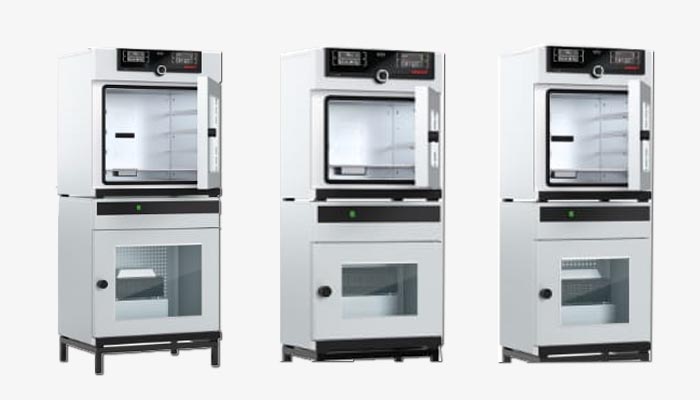
Laboratory ovens are one of the most versatile equipment in a laboratory. They can be used for various tasks, from simple heating to complex reactions. It is mainly used in the food, pharmaceuticals, chemicals, and electronics industries. Laboratory ovens are employed in various processes in biotech, pharmaceuticals, and materials production industries, including baking, curing, annealing, and drying multiple chemical and physical compositions. Most of these processes produce exceptional results and necessitate different types of lab ovens. Let's see the kinds of laboratory ovens first.
The most typical applications of laboratory ovens are heating and drying glassware for autoclaving lab supplies for sterilization. Many manufactured items, such as automobile parts and sporting goods, are tested in laboratory ovens to determine their tensile strength, flexibility, and resiliency.
A lab oven is a versatile tool that can be used for a variety of purposes, including advanced simulations to measure extended product use. You can use this type of test to determine the lifespan of a product. Ovens can also be used for curing to activate a chemical reaction and change the chemical composition of sophisticated polymers. This process is often used in the manufacturing of electronics. Lab ovens can also be used for solder strength testing in circuit boards and burn-in tests for encountering early deficiencies in manufactured circuits. These tests are essential for ensuring the quality of electronics products. These are primarily standard uses for lab ovens.
Laboratory ovens work by circulating hot air around the chamber to evenly heat the contents inside. The type of heating element and the airflow pattern used will depend on the specific model of the oven
Any benchtop instrument is one that can, quiet simply be positioned on a benchtop. For industrial ovens, there can be many benefits associated with using a benchtop industrial oven. The main benefits of using a benchtop system is the significant space saved within the laboratory. Benchtop industrial ovens have a considerably smaller footprint than the larger ovens, enabling labs to utilize their available space more efficiently. This makes benchtop industrial ovens suitable for smaller laboratories that may have space limitations or labs that use a lot of equipment. Benchtop Industrial ovens are also a lot easier to load and unload and due to their size, they can be easily repositioned in the lab if required. The speed controlled vacuum pump saves around 70% of energy.